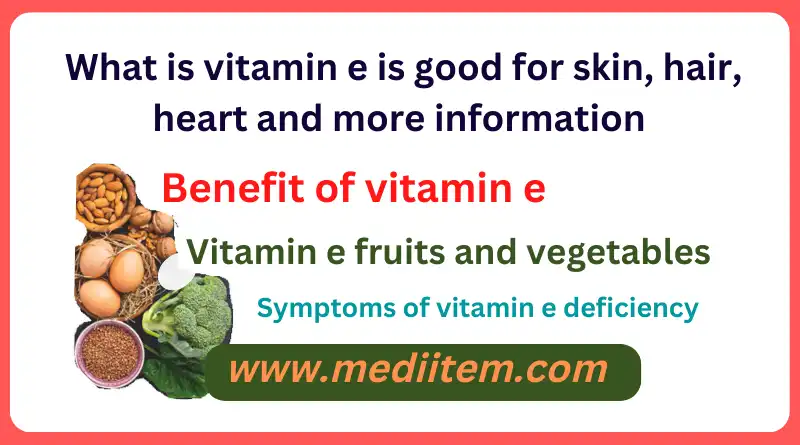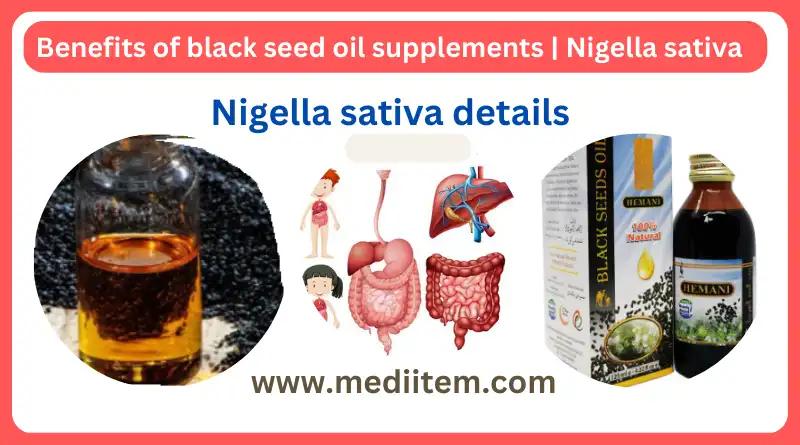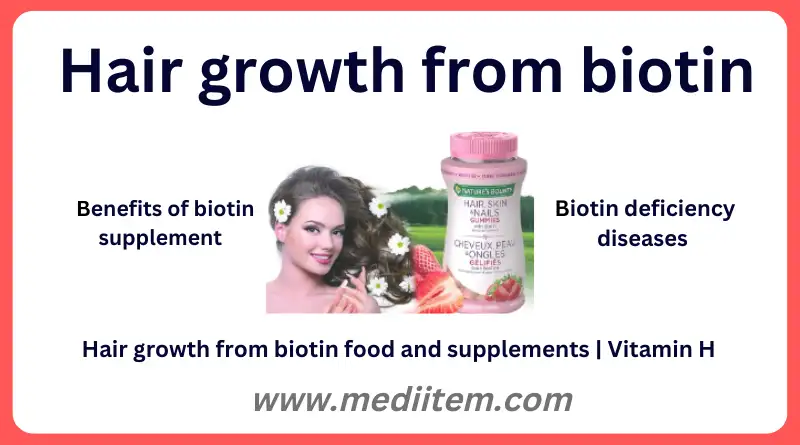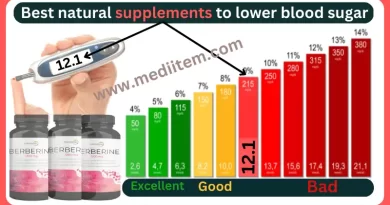What is vitamin E good for
What is vitamin e is good antioxidant, stabilizer of cell membranes, platelet aggregation, protective effect against hemolysis, the activity of certain enzymes, and modulator of the immune system? It is subjected to the cold of the street, the heat of the heating at home or work, and meteorological factors such as the wind,
In addition, 2020 adds the need to wear a mask, causing continuous friction and the creation of a microclimate on the skin of the face that we are not used to. sudden changes in temperature can affect the state of our skin. All these factors make the epidermis more sensory, particularly in winter. So it is very important to keep the skin well cared for to prevent it from suffering. In this sense, vitamin E is a great ally for the skin, mainly thanks to its antioxidant power.
The properties of this vitamin, also known as tocopherol, contribute to the reduction of oxidative stress, which is closely linked to premature cellular aging. Another advantage of vitamin e is that it is fat-soluble, that is, it dissolves in fat, which makes it easier for it to be absorbed from the intestine. In addition, it is possible to find it in a large number of foods.
Vitamin E is an antioxidant responsible for the proper functioning of the immune system and responsible for maintaining healthy skin and eyes. It is a group of fat-soluble compounds known as tocopherols (ie, alpha-tocopherol and gamma-tocopherol).
Gamma tocopherol accounts for approximately 75% of dietary Vitamin E. Because vitamin E is fat soluble, it requires the presence of this substance for proper absorption. It is recommended that you get the recommended daily allowance of vitamin E for optimal health. Vitamin E is absorbed by the gastrointestinal system and is stored in tissues and organs throughout the body. certain health conditions can cause vitamin E depletion; this includes liver disease, celiac disease, and cystic fibrosis.
These patients frequently receive intravenous infusions of iron supplements that can act against vita e. A deficiency of this essential nutrient can cause fatigue, concentration problems, a weakened immune system, anemia, and low thyroid levels. It can also cause vision problems and irritability. Low serum ( blood) vitamin e levels have also been linked to major depression.
Sources: Vitamin E is widely distributed in nature. The foods that contain the most vitamin E are vegetable oils (mainly sunflower and corn). It is also found in cereal grains, foods of plant origin, and in the adipose tissue of animals. In plants, it is located in the leaves and green parts.
What is vitamin e is good for disease
What is vitamin e is good for skin, hair, heart, and more information This is something to keep in mind for the athlete. It also performs other important functions such as membrane stabilization and preventing platelet aggregation or hemolysis. is a significant antioxidant that defends against cellular oxidation by free radicals in various organs and tissues. Its recommended daily amount is ( 10-20 milligrams) of vitamin e per day. This amount depends on age, lactation, pregnancy, certain health, etc.
The higher the intake of polyunsaturated fatty acids, the higher the intake of vitamin E is also needed. Although we are going to see a list of the foods that have the greatest amount, you will soon realize that nuts are the greatest source of this vitamin:
Foods with vitamin e can be found in a large number of foods, so it is important to eat a healthy diet to be properly nourished with this vitamin. In addition, being a fat-soluble vitamin, its combination with a small amount of fat means that it can be absorbed correctly.
*Maintain your hormonal balance: Did you know that some experts consider vitamin E an “anti-sterility factor” Maintaining adequate levels of this nutrient will allow your body to manufacture the sex hormones (both male and female) necessary to achieve pregnancy.
*Preserve your vision: As you age, your risk of suffering from all kinds of diseases that affect your sense of sight increases. A diet that provides you with enough vitamin E may decrease the likelihood of these problems.
*Keeping an alert mind: This vitamin could protect our brain against the passage of time, helping us preserve our intellectual abilities.
*Enjoy smooth skin: Vitamin E will contribute, together with vitamin C, to keep the skin’s collagen fibers in good condition, that is, to keep the proteins that give our skin elasticity and freshness healthy.
What is vitamin e is good for skin
Yes according to the food sciences, vitamin e is the main vitamin in terms of antioxidant properties, since it protects cells from oxidative damage caused by free radicals. Thanks to this, its influence on skin tissues can help fight the signs of aging and premature cellular aging. As we mentioned, it is also called tocopherol, but there are different classes of tocopherol, the most bio-potent being α-tocopherol. In general, it is not common for people to have a lack of vitamin e since it can be ingested through the diet in multiple foods.
Its presence due to its antioxidant protection exerts positive effects on cells and tissues that make up the muscular, cardiovascular, and neurological systems.
*Antioxidants against oxidative damage – free radicals are those from which most of the energy is obtained, however, when these gradually accumulate over time, premature cellular aging occurs. Oxidative stress occurs when there is an imbalance between free radicals and antioxidants, which damages DNA and alters the functions of cells in organs such as the skin.
In this, the activity carried out by vitamin E is very important, since its antioxidant properties contribute to the protection of the body’s cells against oxidative damage and the excessive production of free radicals.
The usefulness of vitamin e for the skin:
Precisely because of its antioxidant action, vitamin e is of special relevance in the skin, since it can favor the integrity of the cells that make up the skin, especially in the epidermis. It plays an important role in protecting the skin from factors that damage the skin, such as harmful radiation from the sun’s rays or environmental pollution. This action undoubtedly helps to protect the tissue located in the epidermis, in the conservation of its firmness and moisturizing properties.
The epidermis is affected by multiple internal and external actions, which can alter its structure due to the action of free radicals, which can cause wrinkles, and stretch marks, among others. the use of vitamin E can help combat the oxidative stress of these situations, facilitating the maintenance of the skin’s structure.
Foods rich in vitamin e
Foods rich in vitamin e sunflower oil: without a doubt, sunflower oil is the food with the highest content of vitamin E. Being an oil from a seed, the content is high. the oil that prevails is olive oil, especially for seasoning. Although sunflower is also used, for example, to make homemade mayonnaise (48 mg/100g).
Almonds: perhaps we are more used to this dried fruit than to hazelnuts. We also have many possibilities in the kitchen with almonds, an example: honey turkey tacos with almonds or a recipe for Lombard cream with almonds (20 mg/100g).
Peanuts: how could it be otherwise, another nut, this legume tops the list of foods rich in vitamin e, as well as being rich in other minerals and vitamins.
Although we are more used to eating raw peanuts or Americans, like peanut butter, you can also make delicious recipes with this food, take a look at this delicious tofu and mango tacos with peanut sauce (8 mg/100g).
Canned fish in sunflower oil: most canned fish come in sunflower oil. A single serving of these preserves provides us with much of the vitamin e we need on a daily basis (6mg/100g).
Pistachios: this nut, which is also easy to incorporate into the diet, does not have as much vitamin e as those we have seen, but it is an important help to obtain the recommended daily amount. We leave you with a very healthy recipe that incorporates pistachios: hummus with peppers and pistachios (5 mg/100g).
Olive oil (5mg/100g): it could not be less than the most abundant oil in our land. Yet another reason to incorporate olive oil into our diet. In fact, due to its antioxidant power, it is one of the foods that should not be missing from the athlete’s diet.
Avocado: this food is currently enjoying good popularity due to its healthy fat content. It also has a significant contribution to vitamin e. We can eat avocado in many ways: chicken and avocado salad sandwich, guacamole, or also in ways that you would never have imagined (3 mg (100g).
What is vitamin e is good for hazelnuts: of course, nuts are great allies of vitamins and minerals. With a couple of handfuls of hazelnuts, we already have our daily needs covered in vitamins. In conjunction with eating themselves raw, it can be used in the cookhouse in recipes like these, hazelnut cake, pumpkin cream with arugula, etc. with arugula and hazelnuts (26 mg/100g).
Asparagus: we finish the list of foods rich in vitamin e with asparagus. They do not have a very bulky amount but it is a very complete food to include in the diet.
And don’t think of asparagus as a boring food, there are many ways to eat it: sautéed bimini and asparagus, asparagus and ham cannelloni, or light green asparagus cream (2.5 mg/100g).
What is the benefit of vitamin e
*Reduces the risk of cancer (*Controversial): Vitamin e can help reduce the risk of cancer because it acts as an antioxidant and prevents the formation of carcinogenic nitrosamines generated in the stomach by nitrites in food.
*Reduces the risk of heart disease: it is believed to help prevent heart disease because it reduces the oxidation of low-density lipoprotein cholesterol, and helps prevent blood clots that can occur. a heart attack. Studies provide conflicting results regarding the effectiveness of supplements.
*Protects eye health (prevents macular degeneration) (*Controversial): At least one study has confirmed that taking the RDA of vitamin e reduces the risk of eye-related damage (macular degeneration) by 20%. Other studies, however, found no association.
*Reduces the risk of dementia (Cognitive Impairment) (*Controversial): Early results have shown that a high level of vita e has a protective effect on the mental functions of older people. Further studies are needed to confirm this finding.
*Relief of chronic inflammation: Preliminary studies have shown that vitamin E helps mediate the inflammatory response, and may help with type 2 diabetes, or chronic heart failure, in those who suffer from chronic inflammation.
*Reduces the risk of ALS (Amyotrophic Lateral Sclerosis, Lou Gehrig’s disease) (* Controversial): A long-term study found that a higher intake of vitamin e for 5 years could reduce the risk of ALS. More studies are needed because the number of samples was few.
Read more: How to get rid of pimples overnight acne natural solution
Vitamin e fruits and vegetables
What is vitamin e is good for is a food rich in vitamin E information, you must analyze its color. In the case of vegetables, the more intense the green, the more concentration of vitamin E it has. Spinach, for example, is the richest in vitamin e: it contains 2 mg per 100 g of spinach. They are followed by asparagus, which provides 1.5 mg per 100 g, and the delicious broccoli with 1.4 mg per 100 g. The proper way to consume these vegetables is raw. In a salad, you can combine the properties of other vegetables and dress it with vegetable oil. Also, you can include some of these green leafy vegetables, avocados, seeds, and nuts.
Symptoms of vitamin e deficiency
- Here you can check how to know if you have vitamin E deficiency;
- Since vitamin E benefits various areas of the body, a deficiency can cause many different symptoms.
- Muscle weakness:- Without adequate vitamin E, muscles can experience oxidative stress, which happens when there’s an imbalance between free radicals and antioxidants in your body, explains Kristen Elizabeth Holtz,
- DO, family medicine physician at Riverside Health System. Oxidative stress leads to muscle weakness.
- Coordination problems:- Vitamin E deficiency can cause the Purkinje neurons in the brain to rupture. Since these neurons are crucial for the coordination and control of movement, these functions are affected.
- Numbness and tingling:- In some cases, a lack of vitamin E can cause peripheral neuropathy, a condition that results in numbness, usually in the hands and feet.
- It happens because it harms nerve fibers, which can prevent them from launching signals correctly.
- Weakened immune system:– Vitamin E helps boost the body’s immune system by supporting the growth of T cells, which help prevent infection, says Holtz. When the immune system doesn’t work properly, it becomes weak, making people more susceptible to infections and having trouble fighting them.
- Vision impairment:- A lack of vitamin E can weaken the light receptors in the retina, leading to vision problems such as blurred vision over time.
- If you are severely deficient in vitamin E due to an incomplete and unbalanced diet or an underlying medical condition, you may have certain health problems, although it is a rare deficiency in healthy adults. People with Crohn’s disease or cystic fibrosis are at increased risk of vitamin E deficiency. its deficiency can cause muscle weakness, numbness, coordination problems, and other problems.
Causes of vitamin e deficiency
Deficiency is rarely related to diet and instead occurs primarily in people with genetic conditions or medical problems where the body is unable to absorb fat and digest it properly. Selenium, the forgotten mineral: what is it for, and in what foods can you find it? This is because vitamin E is fat-soluble. The body absorbs vitamin E the same way it does fats, and it is then stored in adipose tissue and the liver.
what is vitamin e is good for Some examples of these conditions that hinder absorption are:
*Abetalipoproteinemia
*Crohn’s disease
*Ataxia with vitamin E deficiency
*Cystic fibrosis
Also, newborns are more likely to be deficient in vitamin E due to a lack of fat, particularly premature babies
Can vitamin e be taken daily?
It is recommended that adults consume 15 milligrams of vitamin E daily. “Each person’s dietary needs will vary slightly. the public can get sufficient nutrition from diet alone, others may be essential to take a supplement.
Warnings of vitamin e
You are thinking that consuming many foods with vitamin e can become dangerous. Breathe easy! So far, eating foods rich in tocopherols or tocotrienols has not been shown to have any side effects. It is recommended that we meet our nutritional needs for vitamin e preferably from the diet.
It is vitamin E supplements that can cause side effects if used irresponsibly. Do not miss our article about these products to learn more. High doses of vitamin E supplements can suppress blood clotting, thus leading to a risk of increased bleeding and hemorrhaging. Nuts, seeds, and oils are high-calorie foods and should be consumed in moderate amounts by people with a high level of body mass.
Summary vitamin e
- The antioxidant nutrients we call “vitamin E” are essential for our well-being. A diet rich in vegetables, nuts, and vegetable oils can help us reap the full benefits of these molecules, helping us keep our defenses strong and our cells protected.
- To absorb and use vitamin E, we will need to eat it along with healthy fats and vitamins B & C. Tocopherols and tocotrienols in food will withstand cooking and freezing, although we should avoid frying if we do not want to lose much of this antioxidant in the food. the oil used to prepare our dishes. Do not forget!
- If thanks to this article you have discovered the best foods with vitamin E, please leave a comment and share this article.
More idea
Read more: Best supplement list for different disease
New recommended product
Please subscribe to my channel and follow
YouTube



